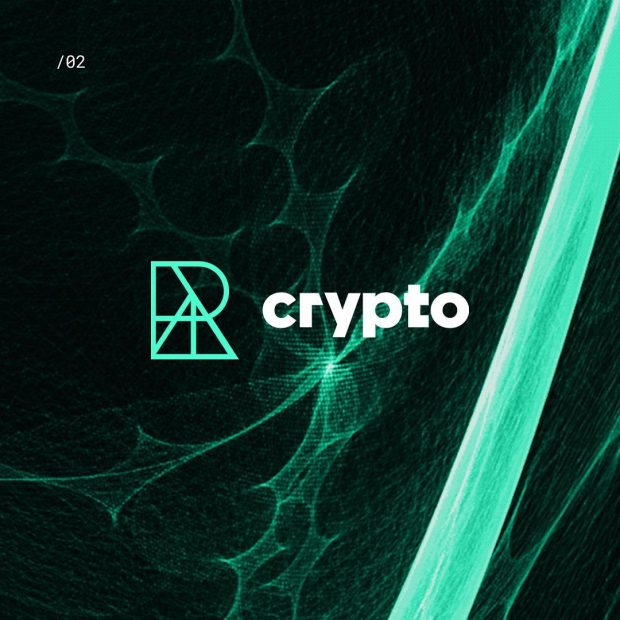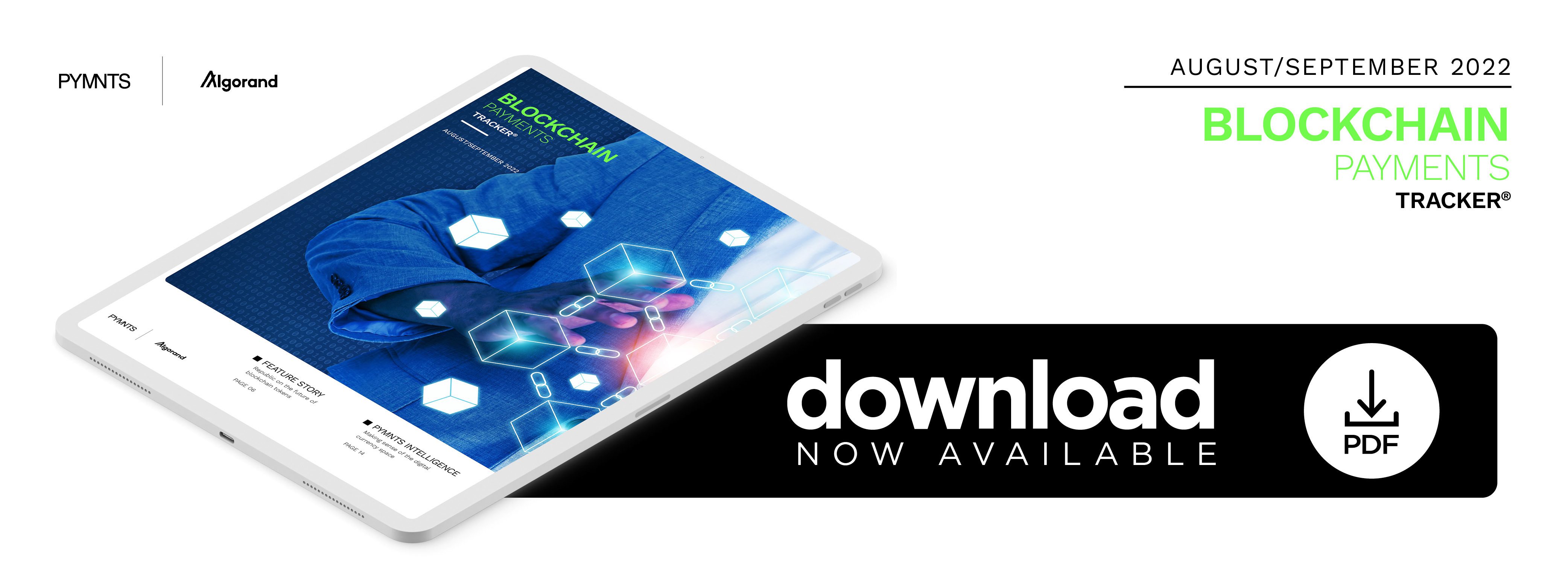Republic on the Future of Blockchain Tokens

According to the new “Blockchain Payments Tracker®,” Republic Crypto’s Jon Knipper tells PYMNTS that cryptos hold other advantages, including resistance to censorship as well as a regulatory edge when it comes to balancing security and innovation.
One of the most significant ways that cryptocurrencies have changed electronic transactions is decentralization, according to Jon Knipper, senior director of crypto treasury management at crypto investment firm Republic.
While consumers have long been able to make payments or transfer funds electronically using a variety of providers such as Venmo and PayPal, the presence of a third party has always meant that those transactions are subject to whatever restrictions those third parties might impose.
“Now your asset is transferable and, importantly, censorship-resistant,” he said.
Whether that means restrictions set by a company or a government, cryptocurrencies and stablecoins permit transactions to be conducted largely independent of third-party interference because transactions are not dependent on third parties for completion.
Blockchain technology brings much more than just a new kind of currency, though, Knipper said. While use cases such as stablecoins serve the traditional role of money as both a means of payment and a store of account, blockchain tokens can serve as so much more. From cryptocurrencies serving a role similar to securities to non-fungible tokens (NFTs) tied to digital artworks, the uses are potentially endless, he said.
“Money is just one thing that you would transfer, but you may also transfer ownership of art, you might transfer the deed to a house, you might transfer equity representations like a Tesla tracker or an S&P 500 tracker,” he said. “You might transfer a bitcoin or shares in the underlying blockchain itself.”
Defining the Future of Regulation
One third party that can never be completely left out of transactions is the government. Sales tax was once entirely missing from most online transactions, but now even small businesses collect sales tax from customers in different states. In the same way, as regulations catch up with cryptocurrencies, some amount of change is inevitable.
“It’s a delicate balance of both catching up to make the space more secure but also not stifling the innovation there,” Knipper said.
Adding to the complexity of regulating blockchain tokens is the variety of ways in which those tokens are used. A strong case could be made for considering some blockchain tokens as securities and allowing them to fall under the purview of the Securities and Exchange Commission, Knipper said. Other tokens could just as easily fall under the Commodity Futures Trading Commission as commodities.
“And then there’s a lot of tokens that are neither,” he said. “It’s a fundamentally new technology that doesn’t have a natural home in the regulatory landscape.”
Knipper said he thinks it is possible to find that home for blockchain tokens, but it will take collaboration and cooperation between regulators and the industry. Particularly, it will be important for those in the industry to help educate regulators on the technology involved.
Transparency and Accountability
One aspect of the technology that may evade some regulators is the transparency inherent in blockchain transactions, Knipper said. While stablecoins and other cryptocurrencies eliminate the need for a third party and are therefore less vulnerable to censorship, that does not make them a good choice for illegal activity.
“If you use your U.S. digital coin to do something shady, it’s an open blockchain. Everyone can see it,” Knipper said. “It is a really terrible way to launder money or do anything illegal.”
Cryptocurrency also has the potential to restructure monetary power dynamics, Knipper said. On one hand, a refugee fleeing an oppressive regime could do so without that regime seizing their assets. On the other hand, if that same regime were using cryptocurrencies to conduct illegal transactions or subvert sanctions, the whole world could see that those funds were being spent and to whom they were going. That is an attribute that CBDCs — blockchain-based currencies issued by central banks — are unlikely to have, Knipper said.
CBDCs, like stablecoins, will have a place in the future of payments, but so will cryptocurrencies, Knipper said. It is possible that, due to the familiarity of dealing in something tied to a fiat currency, stablecoins and CBDCs may gain prominence as a means of conducting everyday transactions. Regardless, the use of blockchain tokens for cryptocurrencies and crypto assets is in the early stages, and the full potential of the technology is still being explored.

